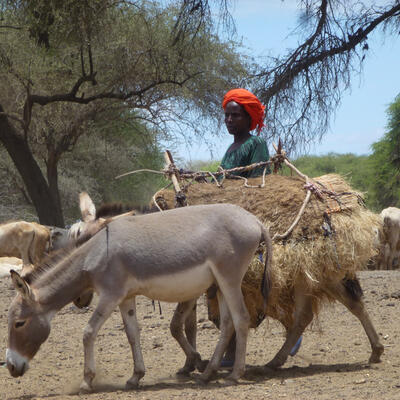
Feed formulation: increasing animal productivity and reducing greenhouse gas (GHG) emission through improved livestock nutrition
To reduce methane intensity (i.e., methane emissions per kg of milk produced) through better ration formulation and matching animal requirements with the nutrient composition of either local feedstuff or imported feed.
Overview
One of the main challenges facing the world is producing sufficient food without compromising planetary health. There is growing demand for animal-source foods, particularly in low- and middle-income countries where feed conversion efficiency is the lowest contributing to greater GHG and methane intensity. Therefore, increasing animal productivity through improved livestock nutrition not only improves food security but also reduces the GHG emission costs of food production.
Expected outcomes
- The creation of an easily accessible open-source database that can be used by any ration formulation software.
- Ensuring app-led improvement in the nutritional management of livestock throughout the developing world, improving productivity and reducing their GHG emission intensity.
- Implementing a nutrient requirement model calibrated to cattle in the tropics. The model will use available information from the feed database.
- The implementation of a multilingual Android/iOS application that collects farmer details and input parameters and securely shares farmer Personal Identifiable Information (PII) to an external database. It references ration formulation models and provides a recommendation from each.
- Several experiments in target countries will be conducted to demonstrate the benefits of using the platform.
- The adoption of the platform by animal science associations based in the study area.





